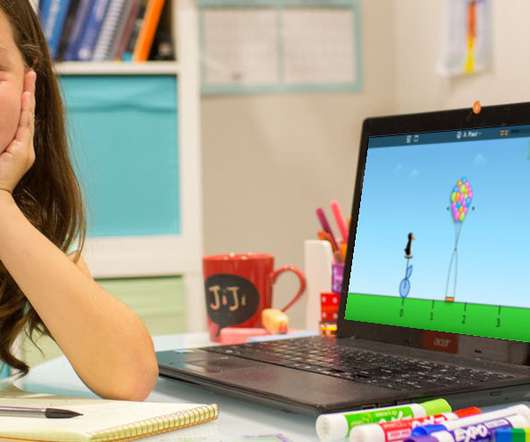Computer literacy: The invisible skills gap?
Neo LMS
FEBRUARY 5, 2019
Installing and personalizing basic software. Enter the knowledge-based economy – a trending topic across sectors more or less from 2003 onward. At the same time The Partnership for 21st Century Skills first report (2002), advocated, “To cope with the demands of the 21st century, people need to know more than core subjects.






















Let's personalize your content